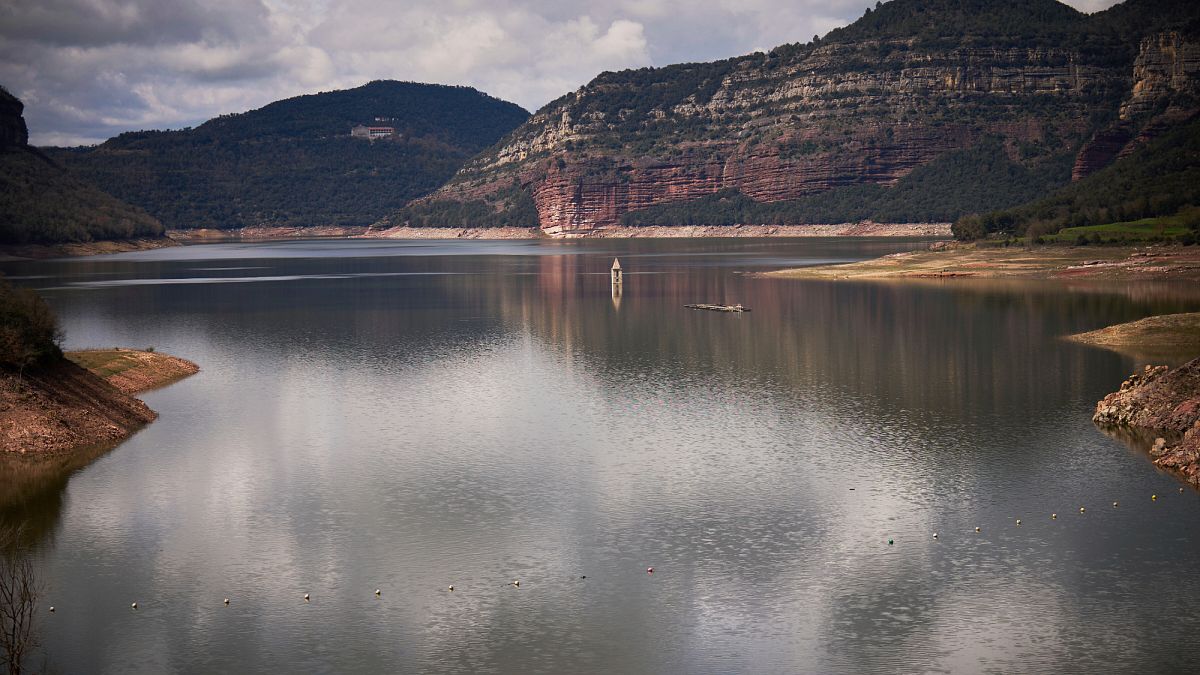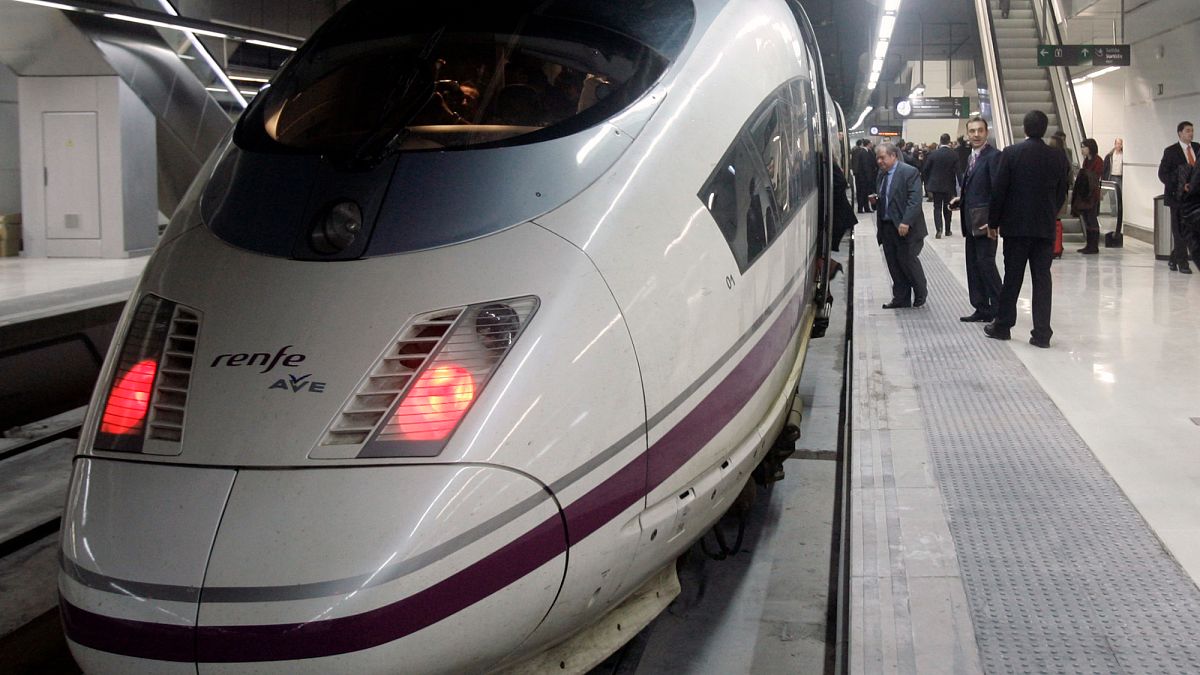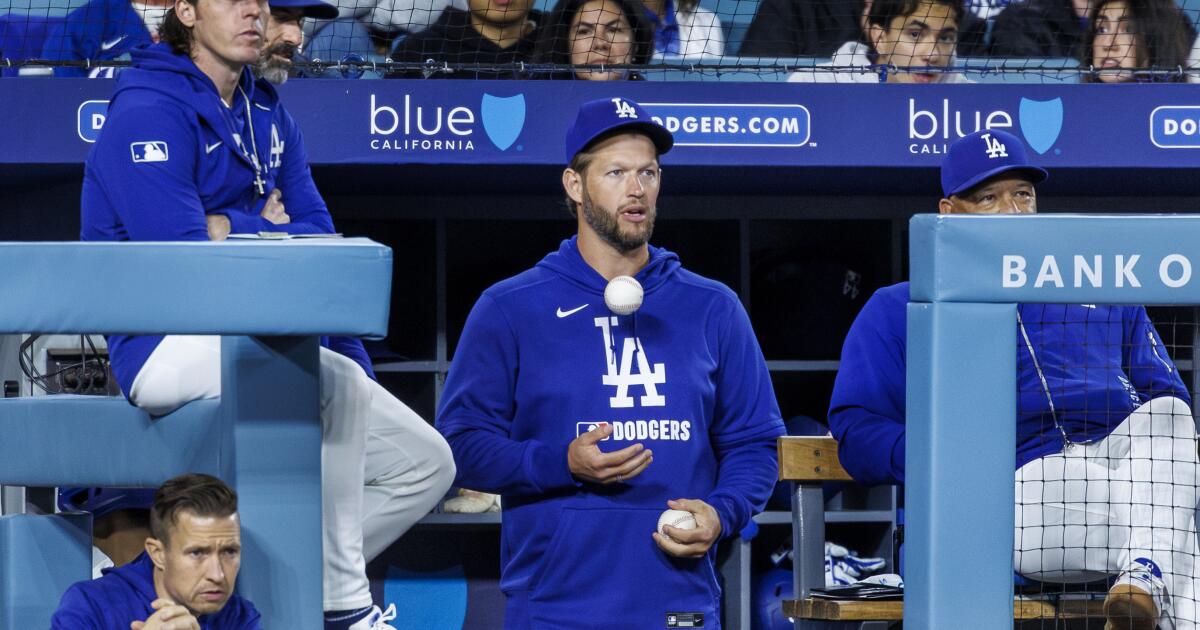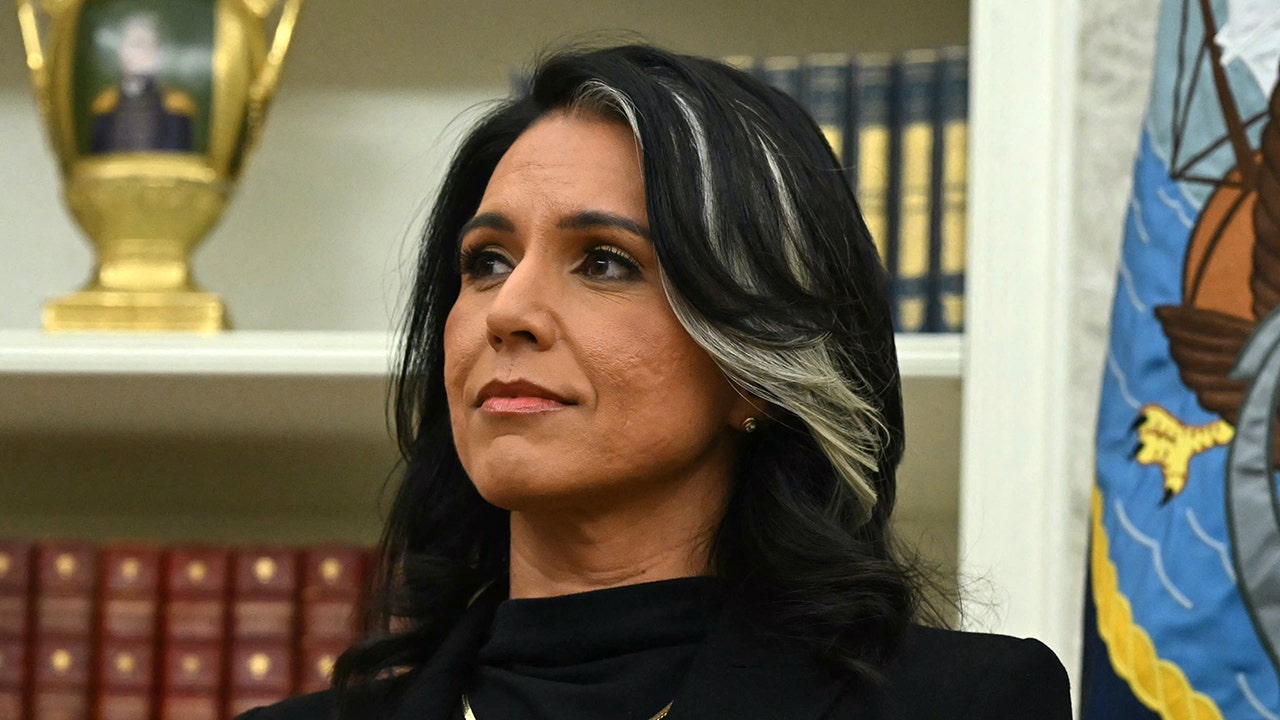World
50% of tourists want sustainable holidays despite cost: Booking.com
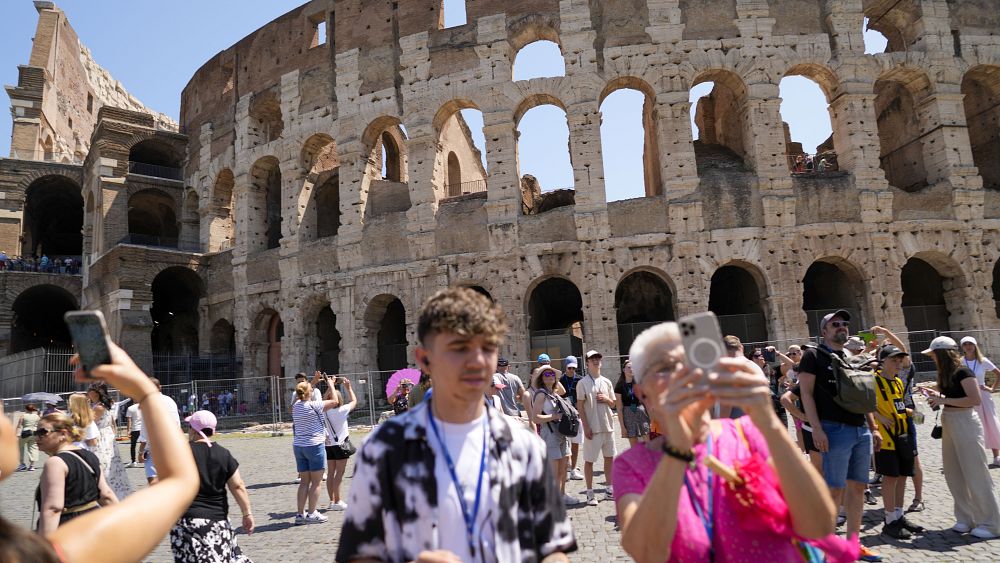
Booking.com told Euronews that many people want to lower their carbon footprints when travelling, even if it means paying more.
As many as 50% of travellers say they do not mind paying more to have a more sustainable holiday, according to one of the world’s largest online travel agencies.
Danielle D’Silva, the Head of Sustainability at Booking.com said on Tuesday that people are coming around to the thinking that environmentally conscious travelling is a good thing.
“We know that there are some barriers they’re facing. So, while they have intent, there’s also something getting in their way and that’s the costs, or the perception of costs that is. Do they feel that sustainable options are too expensive and it’s also the idea that there is too few options for them to choose from,” she told Euronews.
“So, we have 50% of our travellers telling us that the sustainable options are too expensive. Interestingly there is also 50% of our travellers that are telling us that they’re willing to pay more for a sustainably certified experience or accommodation.”
A Booking.com survey found that tourists want to travel in a more sustainable way. In 2023, three-quarters of respondents said they want to go on holiday with a lower carbon footprint, but they encounter obstacles in this process.
And the Destination Europe summit in the Belgian capital, where D’Silva was speaking, discussed exactly this.
The aim was for professionals in the sector and politicians to discuss the challenges for an industry still trying to recover from the pandemic and soaring inflation.
Eduardo Santander, the executive director of the European Travel Commission echoed the same comments as D’Silva that there is a growing demand from travellers of sustainable tourism.
“People are looking for real experiences and we see that tourism is changing in a way that’s becoming almost a social need. People need a holiday to escape from their life and so on,” Santander told Euronews.
“But we also want people to understand that tourism comes with a responsibility towards local communities, entrepreneurs, but also towards yourself that you want to do something which is not only good for yourself but also good for the environment, for society and for people around you”.

World
Commissioner Hansen presents plan to cut farming bureaucracy in EU

European Commissioner for Agriculture Christophe Hansen presented his simplification plan for the agricultural sector during a meeting organised by Euronews.
The European Commission unveiled the plan, which aims to simplify the European Union’s agricultural rulebook, on Wednesday in Brussels.
The measures are designed to reduce what the Commission sees as unnecessary administrative burdens in implementing the Common Agricultural Policy (CAP), the EU’s farming subsidy framework.
Hansen believes the proposed strategy should serve all stakeholders. The plan, therefore, aims to reduce the administrative burden for farmers and member states.
“What is felt to be an administrative burden on the farm is not only the CAP (Common Agricultural Policy), but also environmental legislation, health legislation, and often national or regional legislation, so I think that everyone must contribute to reducing this bureaucracy,” Hansen explained.
This simplification plan could potentially save farmers up to €1.58 billion a year and the national authorities €210 million. The package of measures is aimed in particular at organic farming and small farms, which play an essential role in rural areas’ economic activity.
The plan proposes exemptions from environmental rules, also known as conditionalities. Hansen points out that this package aims not to reform the sector, but to adjust certain rules.
For example, Hansen said, “If grassland remains in place for more than five years, it becomes permanent grassland. This is a devaluation of this farmland because it can no longer be used as arable land. After four years or so, farmers plough to preserve this status.”
“For me, it’s more valuable if the grass stays for seven years rather than five. So this is environmental progress. It’s the applicability (of the rules) that changes,” he added.
Flexibility and financial support
The European Commission also wants to help small farmers obtain financial aid and make their farms more competitive. The institution is considering an offer of up to €50,000.
Hansensuggested digitalising the sector, mentioning, for example, a digital portfolio to facilitate checks.
“I, as a farm, have my digital wallet and if the water authority needs to know something about my land, they can turn to that wallet,” Hansen explained.
Hansen further reiterated his desire to make the profession attractive again and to help professionals.
“It’s very important that we reduce the stress on our farmers, because at the moment it all depends on the Member State. They have to deal with five, six, seven controls a year, which causes enormous stress for our farmers,” Hansen insisted.
“That’s why we also want to reduce these controls, and the member states are also obliged to act. We want to reduce the number of checks to just one a year,” he added.
Environmental NGOs believe that the plan threatens the agricultural sector’s green objectives. Hansen, however, rejects this criticism and emphasises that he is responding to the concerns of farmers, who have repeatedly protested against overly restrictive European regulations.
Yet, this simplification plan is only the first step. The European Commission intends to present new measures later this year.
World
Gazans Once Escaped To Rafah. Now Israel Is Razing It.

Last year, a million Palestinians fled to Rafah, the southernmost city in the Gaza Strip, to escape the brunt of Israel’s bombardment in its war against Hamas. When Israeli forces later invaded Rafah itself, they flattened areas along the border with Egypt, but many neighborhoods were largely spared the worst of the war.
That is no longer the case.
The Israeli military has destroyed extensive parts of Rafah since it ended a cease-fire in March after talks with Hamas collapsed. In early May, after much of the destruction was already complete, Israel announced it would soon launch an “intensive” escalation of its campaign in Gaza. Over the previous two nights, strikes have killed dozens of Palestinians in Gaza, Palestinian officials said. On Tuesday, the Israeli military targeted Muhammad Sinwar, a top Hamas leader in Gaza, near a hospital in Khan Younis.
Satellite images analyzed by The New York Times show that the Israeli military has flattened large areas in and around the city of Rafah and built new military infrastructure in the last two months.
Israeli leaders say capturing more territory inside Gaza will pressure Hamas to surrender and release the remaining hostages that the group has held since it led a deadly attack on Israel on Oct. 7, 2023. Israel’s defense minister vowed that Israeli forces would “clear out” the areas and “prevent any threat,” including in Rafah.
Israeli security officials have previously said that tunnels between Egypt and Gaza have allowed Hamas to stock up on weaponry and other supplies.
In response to a question from The Times about the Israeli military’s operations in Rafah, the military said that it was part of an effort to secure operational control and conduct counterterrorism operations.
“We will replicate the model implemented in Rafah in other areas of the Strip as well,” said Effie Defrin, the Israeli military spokesperson, in a press briefing last week.
Demolishing Block by Block
Here is what the operation looks like on the ground: Four excavators could be seen in a video verified by The Times tearing down a row of buildings in Rafah’s Shaboura neighborhood in April. The video, first shared on an Israeli Telegram channel, was taken from an armored vehicle.
Satellite imagery shows that hundreds of buildings were destroyed in this neighborhood during the month of April, including on the block where the video was filmed.
Earlier this month, the Israeli security cabinet approved a new plan to call up tens of thousands of additional soldiers, to seize and hold territory in the embattled enclave, and to forcibly displace Palestinians to the south. But the satellite imagery shows the areas of the south where buildings are still standing are getting smaller and smaller.
Another video shows four buildings destroyed in a controlled demolition. The video, uploaded on an Israeli soldier’s Instagram account and shared by the Palestinian journalist Younis Tirawi on his X account, was filmed in northern Rafah, where much of the destruction has taken place. Satellite image shows that the demolition took place sometime in April.
New Construction
Israeli forces are not just clearing land. They are building on it.
One new road already stretches more than three miles from the Israeli border across Rafah into agricultural areas. It is protected by berms, trenches and several military outposts.
And other construction is moving at a rapid clip, the satellite images show.
Several new military outposts, often graded, paved and surrounded by defensive walls, have been built across southern Gaza in the past month. Soldiers have also commandeered buildings to use as bases, such as an under-construction hospital.
Israel calls the road it has constructed from the Israeli border the “Morag Corridor,” which Mr. Netanyahu said last month was intended to cut Rafah off from the rest of the enclave. The name is a reference to a Jewish settlement that existed in the area until Israel withdrew its soldiers and civilians from Gaza two decades ago.
What the construction might mean for the long term is uncertain. Some Israeli officials have agitated for Israel to rebuild Jewish settlements in the enclave, but Mr. Netanyahu has rebuffed the prospect for now.
Mr. Netanyahu said last week, after much of the construction and razing in Rafah was already in progress, that Israel was “on the eve of a forceful entry to Gaza.”
World
Rubio doubts 'anything productive' will happen in Ukraine peace talks without Trump, Putin
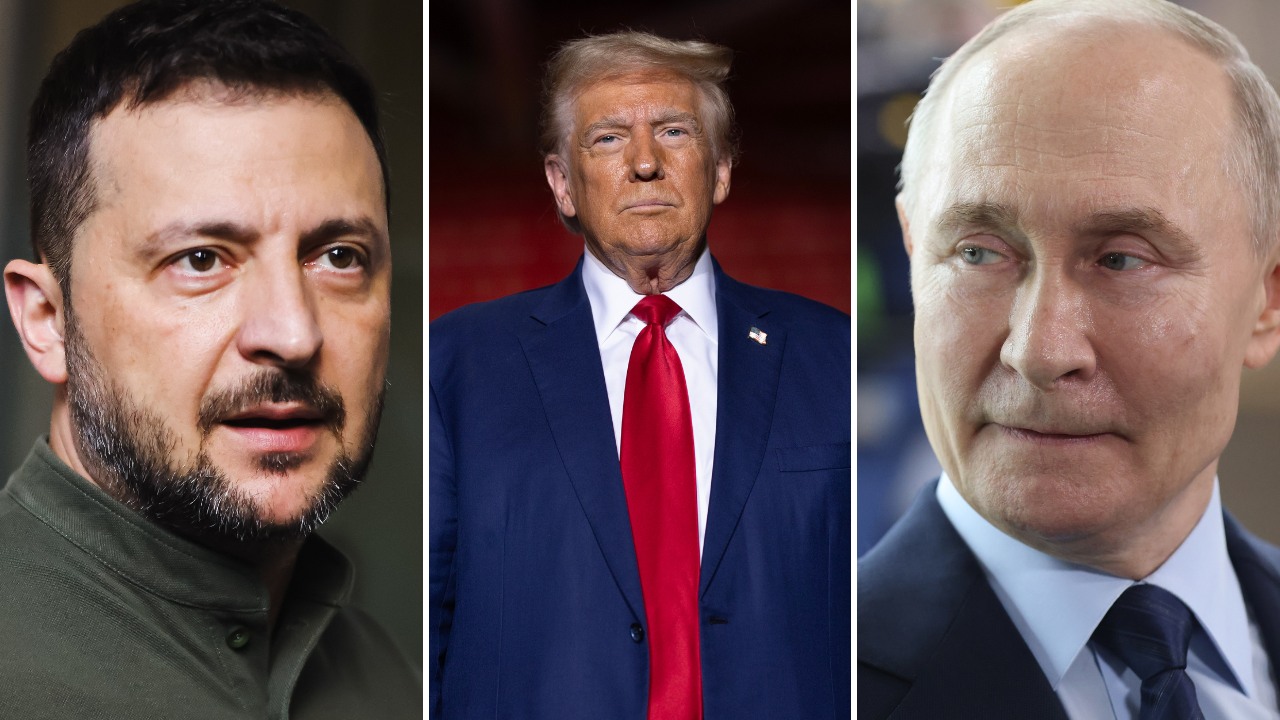
Secretary of State Macro Rubio cast a pessimistic tone ahead of talks in Turkey now set for Friday after both Russian President Vladimir Putin and President Donald Trump said they would not be in attendance.
The peace talks, which were supposed to happen on Thursday, got thrown into disarray after both Russian and Ukrainian delegations, including Ukrainian President Volodymyr Zelenskyy, landed in various cities in Turkey as confirmation arrived that not only would Putin not be engaging in the discussions, but neither would senior members from the Kremlin.
According to reports, frustration grew as the delegations and mediators spent much of the day questioning when, and even whether, they would meet on Thursday before the meeting was ultimately pushed to Friday.
President Donald Trump speaks to reporters aboard Air Force One en route from Riyadh, Saudi Arabia, to Doha, Qatar, Wednesday, May 14, 2025. (AP Photo/Alex Brandon)
TRUMP TO SKIP RUSSIA-UKRAINE PEACE TALKS, CALLS ZELENSKYY THE ‘GREATEST SALESMAN, MAYBE IN HISTORY’
“Frankly, at this point, I think it’s abundantly clear that the only way we’re going to have a breakthrough here is between President Trump and President Putin,” Rubio told reporters. “It’s going to require that level of engagement to have a breakthrough in this matter.
“I don’t think anything productive is actually going to happen from this point forward… until they engage in a very frank and direct conversation, which I know President Trump is willing to do,” he added.
The peace talks first came about after Putin suggested last week that Ukraine and Russia should engage in direct talks. Zelenskyy agreed and said those talks should be held by the leaders of the warring nations.
Trump sparked surprise earlier this week when he suggested he might travel to Turkey from the UAE if progress was made in the talks on Thursday, but it was never previously suggested that the U.S. president, who was set to be wrapping up a Middle East tour, would be present for the negotiations.
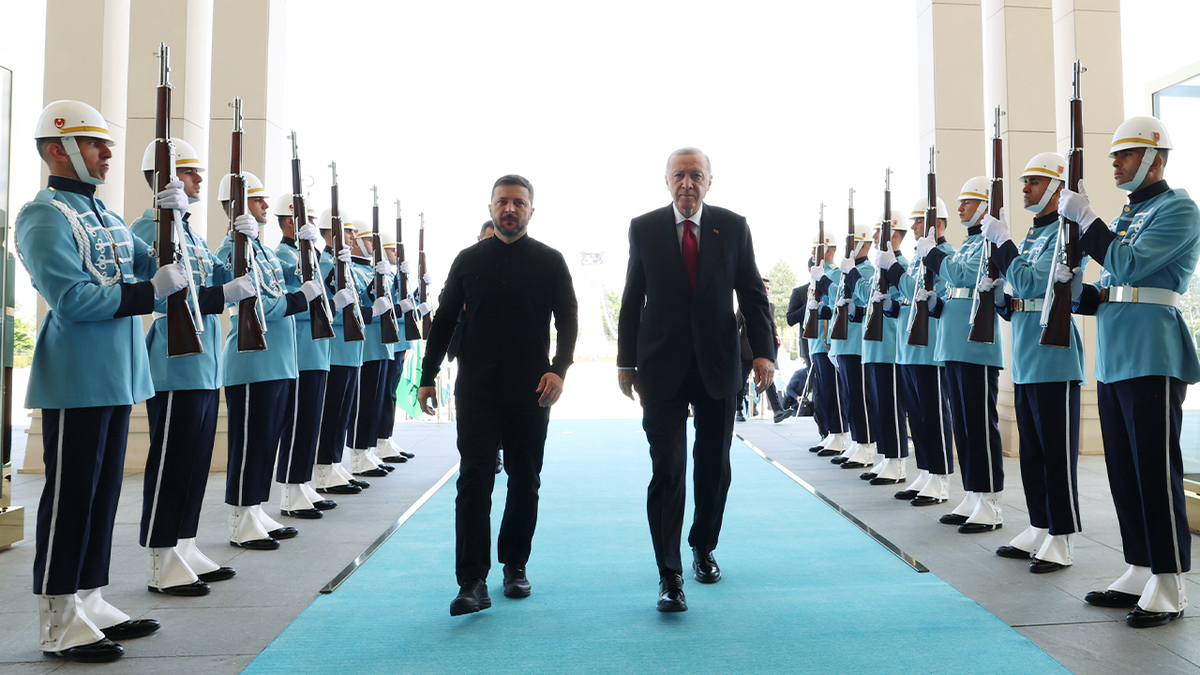
Turkish President Recep Tayyip Erdogan welcomes Ukrainian President Volodymyr Zelenskyy at the Presidential Complex in Ankara, Turkey, on May 15, 2025. (Turkish Presidency/Murat Kula/Handout/Anadolu via Getty Images)
PUTIN PROPOSES DIRECT PEACE TALKS WITH UKRAINE TO END WAR
The Kremlin on Thursday confirmed Putin was not going to participate in the peace talks.
Aboard Air Force One on Thursday, Trump suggested Putin did not attend because of a scheduling miscommunication and told reporters that there was no hope on any real progress in negotiations until he and Putin speak.
“Look, nothing’s going to happen until Putin and I get together. OK?” Trump said. “He was going to go, but he thought I was going to go. He wasn’t going if I wasn’t there.
“I don’t believe anything’s going to happen, whether you like it or not, until he and I get together,” he added.
Any future plans for Trump and Putin to talk remain unknown.
“What I can say with certainty is that the president’s… willing to stick with [this] as long as it takes to achieve peace,” Rubio said. “What we cannot do, however, is continue to fly all over the world and engage in meetings that are not going to be productive.
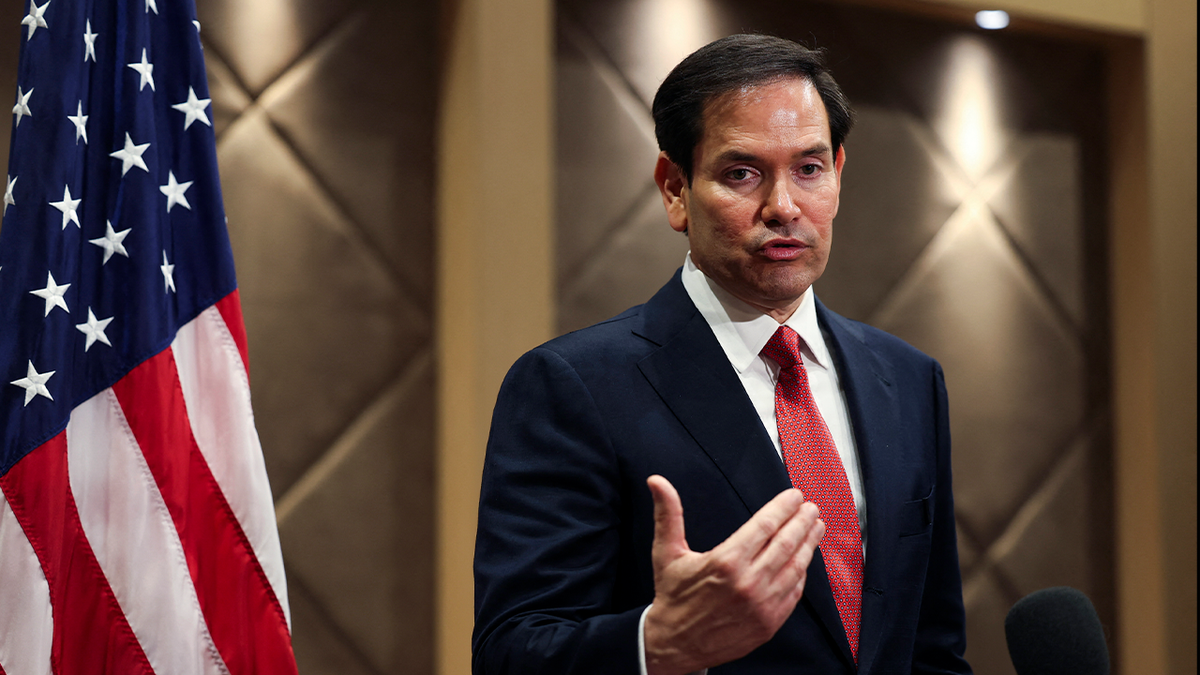
Secretary of State Marco Rubio speaks to the media following a meeting of NATO foreign ministers in Antalya, on May 15, 2025, ahead of potential peace talks between Ukraine and Russia in Turkey. (Umit Bektas/Pool/AFP via Getty Images)
“The only way we’re going to have a breakthrough here is with President Trump sitting face to face with President Putin and determining once and for all whether there’s a path to peace,” he added.
Zelenskyy did not hold back in expressing his frustration over what he said is proof that Putin’s “attitude is unserious.”
“No time of the meeting, no agenda, no high-level of delegation – this is personal disrespect to Erdoğan, to Trump,” Zelenskyy reportedly said at a Thursday news conference after meeting with Turkish President Recep Tayyip Erdoğan.
-

 Austin, TX6 days ago
Austin, TX6 days agoBest Austin Salads – 15 Food Places For Good Greens!
-

 Technology1 week ago
Technology1 week agoBe careful what you read about an Elden Ring movie
-

 Technology1 week ago
Technology1 week agoNetflix is removing Black Mirror: Bandersnatch
-

 World1 week ago
World1 week agoThe Take: Can India and Pakistan avoid a fourth war over Kashmir?
-

 Health1 week ago
Health1 week agoN.I.H. Bans New Funding From U.S. Scientists to Partners Abroad
-

 News1 week ago
News1 week agoReincarnated by A.I., Arizona Man Forgives His Killer at Sentencing
-

 News1 week ago
News1 week agoWho is the new Pope Leo XIV and what are his views?
-

 News1 week ago
News1 week agoJefferson Griffin Concedes Defeat in N.C. Supreme Court Race
